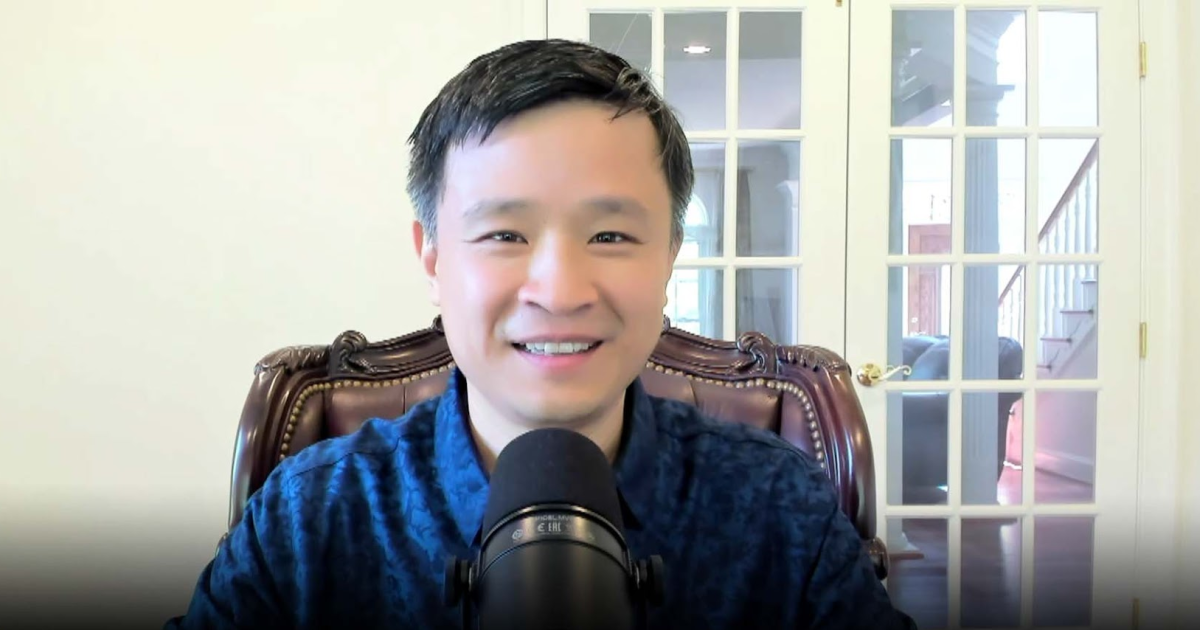 CLOUD
CLOUD
 CLOUD
CLOUD
 CLOUD
CLOUD
Supercloud is now a hot topic, so those that want to leverage it are looking for a seamless operational model.
Through a higher-level abstraction, supercloud eradicates complexities, according to Howie Xu (pictured), vice president of machine learning and artificial intelligence at Zscaler Inc. This triggers seamless execution and less friction, he adds.
“If you just consume the Big Three cloud service as is, you need a Ph.D. these days to make sense of all of them,” Xu said. “So the way I think about supercloud or where it is going, it has to provide more simplicity, a better way for people to make sense out of it.”
Xu spoke with theCUBE industry analyst John Furrier at Supercloud 22, during an exclusive broadcast on theCUBE, SiliconANGLE Media’s livestreaming studio. They discussed how supercloud is emerging as a game-changer in the enterprise world.
Depending on what’s trending, Xu believes computing architecture acts like a pendulum, driven by organizational needs and preferences.
“We swung from decentralized in the mainframe days … to more distributed, PC kind of architecture, servers in your own data center,” he said. “And then, now, the cloud, the Big 3 cloud in particular. I think in the next 10, 15, 20 years, it will swing back to more decentralized, more distributed architecture again.”
Given that the supercloud trend is emerging, every company should have its own supercloud, according to Xu. This architecture model is collective because it incorporates various clouds and vendors.
“You’re talking about JP Morgan, Goldman Sachs of the world, that they need to have their own supercloud,” he pointed out. “Zscaler and their security vendors, they may have their own cloud. So I think every Fortune 500, Fortune 2,000 company will have its own supercloud.”
Since the pandemic necessitated the work-from-home approach, Xu believes the public cloud made this a reality. Moreover, Zscaler’s zero-trust security architecture helped in the latency guarantee aspect.
“You are talking about Fortune 500 companies with 200,000 employees suddenly having 200,000 employees working from home,” he said. “Their VPN architecture is not going to support that kind of the workload. Even Zscaler’s own architecture or the presence is not enough. So it wouldn’t have happened without public cloud.”
Supercloud goes beyond the multicloud concept. Therefore, it provides more flexibility and inclusivity, according to Xu.
“Supercloud is not just the multicloud … the multicloud is probably one aspect of it,” he explained. “You want to include the on-prem, the edge, not just the Big Three cloud.”
Supercloud supports cutting-edge technologies like artificial intelligence. As a result, it makes it easier to use AI by eliminating the complexities involved, according to Xu.
“In the context of supercloud, I totally foresee that the AI model will follow the data,” he said. “If the data is in the cloud, it will go there. If the data is on-prem, it will go there. So without supercloud, it’s very hard to do AI machine learning.”
By leveraging the public cloud and data center, Xu believes Zscaler has its own supercloud. This plays a pivotal role in making operations efficient.
“We take advantage of the elasticity of the public cloud,” he pointed out. “But we also get value from our private cloud. So I want to say a company like Zscaler is taking advantage of the supercloud already, but there will be more and more use cases.”
The emergence of different use cases has necessitated the urge for the supercloud concept. For instance, the decentralized use case involving Web3 is taking shape. Therefore, enterprises are required to take advantage of both the cloud and on-prem for optimal results, according to Xu.
“The reason that Zscaler needs the on-prem version of it is because it’s impossible to route all the traffic to the Big 3 cloud because they’re still far away,” he noted. “Sometimes you need the presence much closer to you in order for you to get the level of the performance latency you want. However, public cloud is still super important for Zscaler.”
Here’s the complete video interview, part of SiliconANGLE’s and theCUBE’s coverage of the Supercloud 22 event:
THANK YOU